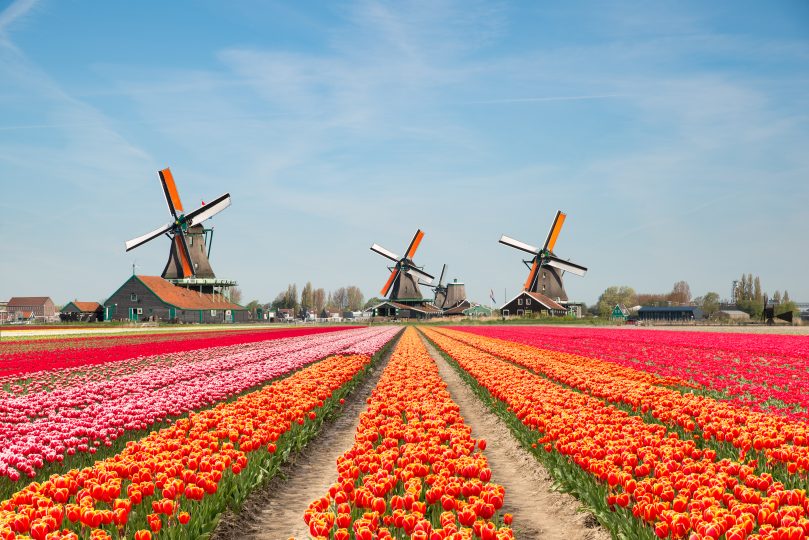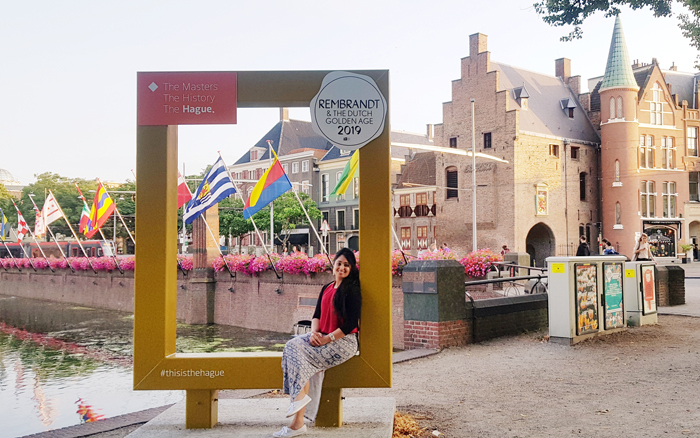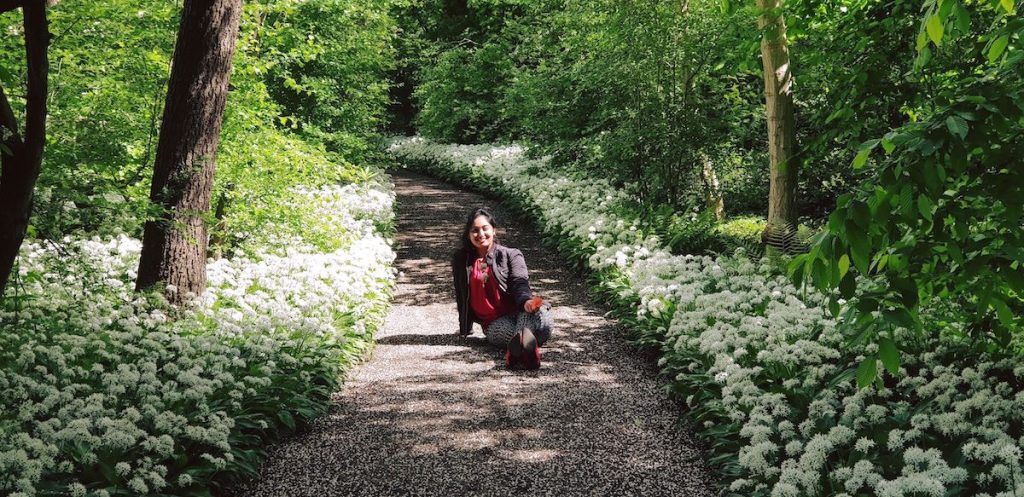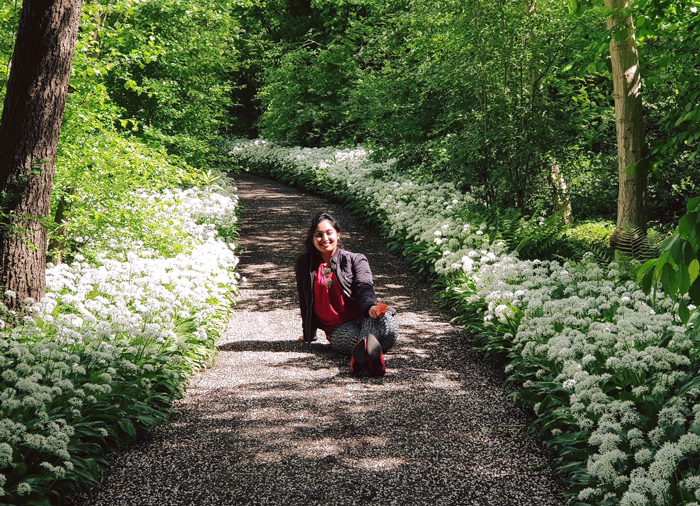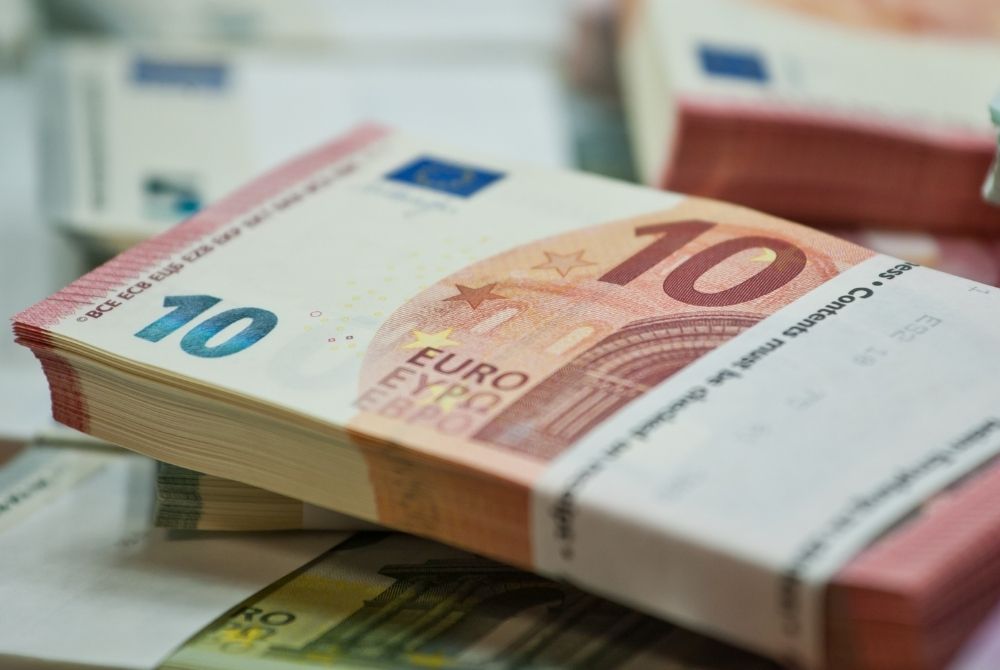What’s the weather like? Will I like the local cuisine? How do I register at the local municipality? And so many more questions of this nature were exactly where I started my journey from India to the Netherlands a few years ago. While this guide was written according to my experience in the Netherlands, it can easily apply to your experience in any other European country.
And so it began. One beautiful sunny morning in the month of April, I arrived in the Netherlands from India. Knowing very little about the land of windmills and wooden shoes, I read extensively about the Netherlands before my trip so I would be in for no surprises when getting here. Still, nothing I read could prepare me for the weather change, the local language, pink roads, and most importantly, the fact that food that reminds you of home can easily be found.
Now, as an experienced Indian expat, I’ve decided to create a two-part guide (here’s the second part) that contains the most important life hacks that will help you settle in your new European home in no time.
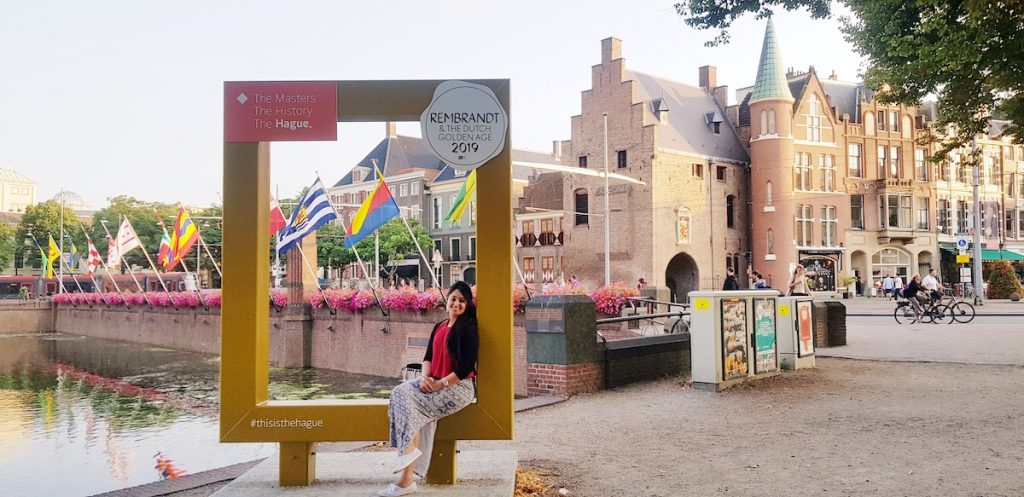
Huge Airport, Pink Roads, and Water Fountains
As previously mentioned, I migrated to the Netherlands, so my first encounter with the country of Dutch cheese and tulips was at Schiphol airport. Schiphol is a compact, integrated airport with all arrival and departure terminals within the same indoor campus and very well reachable by foot. If you’re hungry upon arrival, you’ll find restaurants and grocery supermarkets inside the airport campus.
Pro tip: There are drinking water fountains available everywhere so you don’t have to buy water.
The excellent quality free wifi is available all over campus, so you are connected as soon as you land. Also, mobile SIM cards are available for purchase at the airport itself and will cost you around €10-15 per month with brands such as Lycamobile or Lebara (you can always change the card at a later stage).
Purchasing a SIM card, you’ll be able to start settling in before you actually set one foot outside of the airport, which actually leads me to my next point – how do you step outside of the airport?
Inside the airport campus there are NS (Dutch Railways) ticket dispensing machines from where you can purchase an OV chipkaart (versatile public transport prepaid card) for train/bus/metro/tram travel. A Regular OV Chipkaart costs €7 and you can load more money to it so you can travel anywhere in the Netherlands. The train, bus, and taxi terminals, as well as car parking, are easily found right next to the arrival terminals.
Pro tip: Keep in mind that the shortest trip costs around €2, so be sure to add at least €30 to begin with so you’ll be set for a few days.
Leaving the airport you’ll notice that all roads are accompanied by ‘pink’ roads which are dedicated cycle tracks. Did you know that the Netherlands has the most dense cycling road network in the world?! You can get almost anywhere on your bike.
Local Bureaucracy, New Language
We were finally settled in a rented house in a nice, green, residential area before we had to start the bureaucratic process of starting our lives in our new home.
There are some official registrations that need to be done once you arrive in the Netherlands such as registration at the municipality (gemeente), TB test at GGD, resident permit collection at INAmsterdam, and getting a bank account.
Once you’ll set all the bureaucracy stuff in motion and walk down the street and in and out of municipality institutions, you’ll see that the people here are among the tallest in the world, and you are immediately struck by the Dutch language spoken by them. When I first heard people speaking Dutch, I honestly thought that it sounds nowhere close to being canorous in any way. I could not understand how I would ever learn the language if I ever had to. However, I was so relieved to realize that almost everyone can speak in English here, which is not always the case in other European countries.
Everything you’ll need to get started in the Netherlands should be available in English so don’t worry about that. My suggestion is to start with the Resident Permit Collection at INAmsterdam, then continue to register at the local municipality. These are important as they will allow you to open a bank account and get a citizen service number (BSN), which is a unique and personal number allocated to everyone registered in the Personal Records Database. Also, you’ll need a BSN for insurance purposes and to interact with official government services.
Pro tip: You’ll need to set up an appointment for everything in the Netherlands, which can easily be set online, on the official website of each office.
Once you settle in and receive your residence permit card, you’ll have three months to take a TB test, which can easily be scheduled online at the Dutch National Public Health Center (GGD) website. This is something that every migrant has to do once arriving to the Netherlands. Other countries around Europe have their own health regulations that must be followed.
Opening a bank account is important for obvious reasons such as salary deposits and the fact that in the Netherlands (and probably throughout Europe) most transactions are done using a card. The Netherlands is almost a cashless economy and you need a bank account to be part of it. One of the biggest challenges here is actually setting up an appointment, which can take 2-3 weeks. Luckily, this is exactly where online banking services come in handy.
Transportation and the City Centre
European cities are known for their history and vibes of sophistication, which is why I was very curious to see the city. After settling in, I ventured out using my OV-chipkaart.
Most of the public transport services in the Netherlands are owned by private companies and most of them run completely on electricity. The costs are more or less the same if you travel by bus/metro/tram so it’s really a matter of what’s most convenient for you. Buses, metro and tram are very effective means of transport to the city center and back. If you want to travel to a distant location, taking the train is probably the best option as it is faster than other options, but also a bit more expensive.
Luckily, almost everything can be found on our smartphone these days, including a transportation services app. In the Netherlands, most people use an app called 9292, which shows the most updated information on transportation such as the next availability of tram/metro/bus/train, how much the ride costs, and even indicates blockages or accidents if there are any. I highly recommend using this app while in the Netherlands as I rarely move without checking it. There are similar apps for other countries in Europe such as the VBB Bus & Bahn in Germany, so ask a local or browse your app store until you find the app that suits your needs.
When finally in the city, you’ll be amazed to see the abundance of bikes parked here, there, and almost everywhere. I remember thinking “These streets have more bikes than people in it.”
In the Netherlands, cycling is one of the most common methods of transportation, with 36% of the people listing the bicycle as their prefered mode of transport. As a result, bikers have the first right of way, and even have preference over pedestrians on the road. So, watch out for speeding bikes almost crashing into you and the biker getting annoyed at you getting in his or her way.
Pro tip: Coming from India, we need to get used to the idea of walking on the right side of the road.
Once you get used to the countless bikers roaming the streets on their bikes you’ll see Amsterdam in all its glory. This beautiful city is filled with tourists and historical buildings whose medieval architecture is preserved well on the exterior. The city center is a UNESCO world heritage site and once you’re there, you’ll understand why. The huge and beautiful Amsterdam Centraal station and Dam Square are at the center of the center and are surrounded by the nine shopping streets. Plus, the three concentric canals in the city add a very distinct and beautiful element to it, which is a treat to see at night during a canal boat tour.
There is so much more to say about living in the Netherlands and I still light up when I reminisce about my first experiences here. It is an amazingly green country, which immediately becomes evident when your flight starts descending and you can see the captivating scenery from your flight window. The Land of the Windmills is adorned by sparkling canals and medieval architectural buildings, also many modern ones.
I hope that fellow Indians coming to Europe, and particularly to the Netherlands are going to have the best of times in the city you arrive in. Be sure to check out the second part of this guide, you’ll find out all about how to find food that reminds you of home, the most important words you need to know in a foreign language, and much more.




